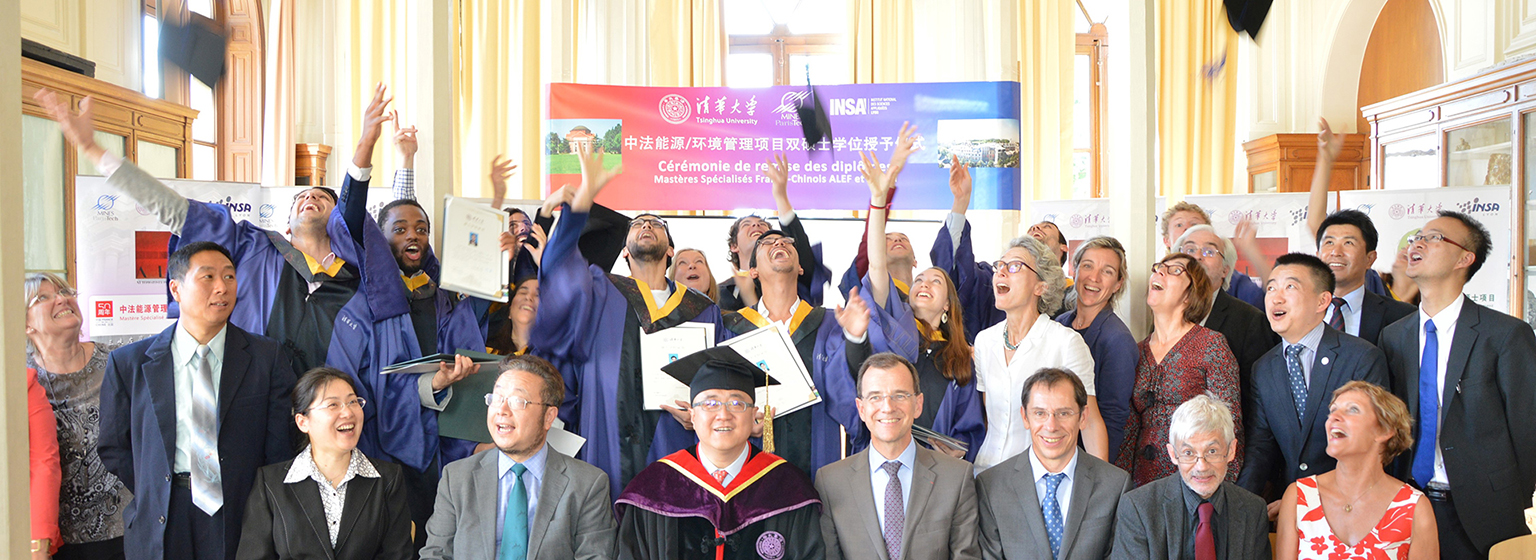課程編號:70050082
課程名稱:多孔介質(zhì)污染物遷移動力學Contaminant Transport Dynamics in Porous Media
課程學時:32
課程學分:2
授課語言:中文
課程簡介:“多孔介質(zhì)污染物遷移動力學”是研究流體和污染物在多孔介質(zhì)中運動與轉(zhuǎn)化規(guī)律的科學。它是環(huán)境科學、水文地質(zhì)學和工程地質(zhì)學、土力學和土壤水力學等學科的重要理論基礎(chǔ),在環(huán)境污染防治、水利工程、地下水資源開發(fā)和管理、區(qū)域環(huán)境管理等方面得到了廣泛應(yīng)用。本課程討論污染物在多孔介質(zhì)中遷移轉(zhuǎn)化規(guī)律和動力學,包括污染物運移的理論基礎(chǔ)、在不同介質(zhì)中的遷移轉(zhuǎn)化規(guī)律、遷移轉(zhuǎn)化方程和數(shù)學模型、不同條件下問題的解析解及其應(yīng)用、復(fù)雜問題的數(shù)值解、參數(shù)確定方法以及學科進展等。教學目標:通過課程學習,學生可以掌握污染物的遷移轉(zhuǎn)化規(guī)律、方程/公式和應(yīng)用條件并進行應(yīng)用計算;掌握廣為應(yīng)用的求解污染物遷移轉(zhuǎn)化問題的有限單元和有限差分數(shù)值方法;掌握從基本環(huán)境條件概化到建立數(shù)學模型、到模型求解、再到解的應(yīng)用分析這樣一套解決實際問題的完整方法。不僅可以掌握污染物遷移動力學扎實的理論基礎(chǔ),而且具備針對實際問題進行分析計算的能力。
"Contaminant Transport Dynamics in Porous Media" is the science of studying the movement and transformation of fluids and pollutants in porous media. It is an important theoretical basis for environmental science, hydrogeology and engineering geology, geotechnics and soil hydraulics, and is widely used in environmental pollution prevention and control, water conservancy engineering, groundwater resources development and management, and regional environmental management. Main contents will be as follows: the theoretical basis of contaminant transport and transformation patterns in different media, transport and transformation equations and mathematical models, analytical solutions to problems under different conditions and their applications, numerical solutions to complex problems, methods of parameter determination, and advances in the discipline.
Through the course, students are expected to master the transport and transformation patterns, equations/formulas and application conditions of pollutants and perform application calculations; the widely used finite unit and finite difference numerical methods for solving transport and transformation problems of pollutants; a complete set of methods for solving practical problems from the generalization of basic environmental conditions to the establishment of mathematical models, to model solutions, and then to the application analysis of solutions. This course provides a solid theoretical foundation in pollutant transport dynamics and the ability to perform analytical calculations for practical problems.





